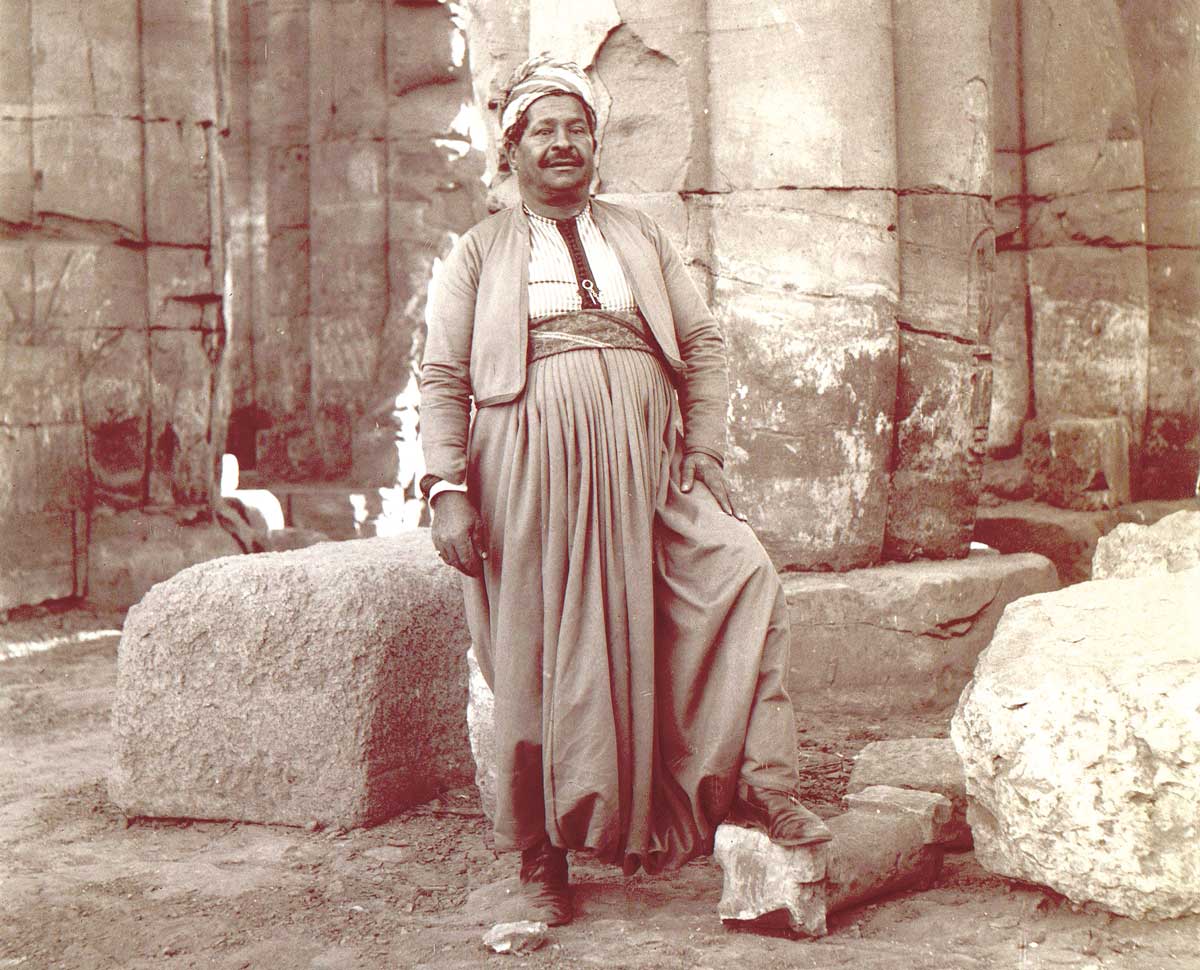Here be Dragomans
For wealthy tourists travelling to the Middle East in the 19th century, the services of a dragoman were an essential purchase. Yet the often difficult lives of these local agents and guides remain elusive.

A steamer approaches the shores of Palestine in the middle of the 19th century and the Holy Land comes into view: the port of Jaffa and its houses; the plains beyond; and, in the far distance, the mountains of Judea, with Jerusalem somewhere among them. A mile from land, the ship stops. Jaffa, it turns out, does not have a safe harbour for seagoing vessels as a result of reefs near its shore. And so the chaos begins. A fleet of rowing boats arrives and the men inside pile out onto the ship, with a noise ‘quite deafening and bewildering’, as the Reverend A.J. Binnie put it in 1881. Those who manage to get onto one of these boats are rowed to shore amid a tossing sea of arms and legs. At the centre of it all is a mysterious figure: the dragoman.
